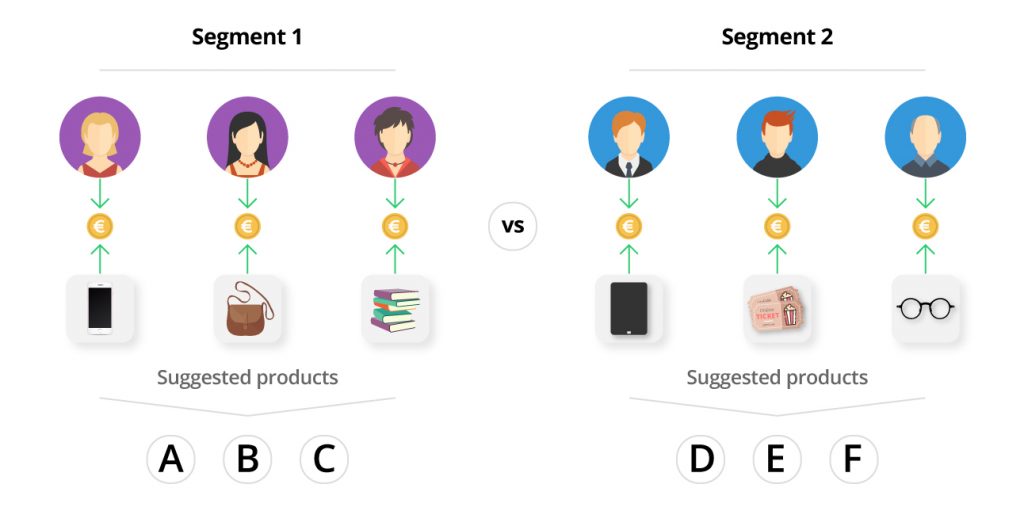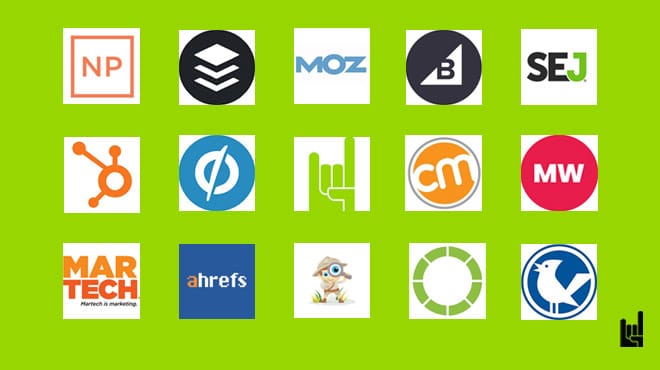Tracking all of the data across multiple clients can be a challenge. Creating an effective programmatic marketing campaign using media is vital to targeting your audience, and utilizing best practices will help ensure an efficient strategy.
These best practices will ensure you can plan and analyze your programmatic media to succeed in your marketing campaign goals and objectives.
What is Programmatic Media?
Programmatic media, or programmatic media buying, is automated technology that buys and sells digital ads in a real-time setting. It uses insights and algorithms to serve your advertisements at the right time to the ideal customer.
Programmatic media uses many factors to create targeted advertising. From keywords and phrases to location and customer interest, they e are all taken into account.
Programmatic media is suitable for a wide range of businesses and organizations. From SMBs who are looking for cost-effective ways to reach targeted audiences with limited budgets to performance marketing agencies who want campaign management efficiency and audience targeting precision.
Programmatic media vs programmatic advertising
Programmatic advertising is a subset of programmatic media, dealing solely with ads, whereas programmatic media encompasses all media types, not just ads.
Types of programmatic media include:
- Programmatic audio (e.g., podcast ads, streaming services)
- Programmatic TV (e.g., streaming platforms, connected TV)
- Digital out-of-home (DOOH) (e.g., digital billboards)
- Programmatic advertising
Types of programmatic advertising include:
- Banner ads
- Video ads
- Social media ads
- Search ads
Benefits of Programmatic Media with Digital Marketing
It’s easy to see why there has been such a massive rise in the use of programmatic advertising for digital marketing.
It is flexible, scalable, and delivers incredible reach.
The very precise targeting also allows your marketing team to hone in on their user pool, and they can easily see and analyze data to make quick adjustments for optimization.
Two major promises that stem from the use of programmatic media include:
1. Scaling: When you bid on your ad space, you can reach people in any location or demographics at scale. It easily locates the best targeting options that are within your budget.
2. Efficiency: Buying ad space involves emails back and forth that can be time-consuming. However, with the automated approach of programmatic media, agencies don’t need to reach out in order to purchase ad space.
Best Practices of Programmatic Media
Now that you’re aware of the importance of programmatic media merging with digital marketing campaigns, here are some of the best practices you should be using.
1. Create the plan and align your goals
Your marketing teams know that it is critical to plan out your strategies. You must have knowledge of what your customers want and what your business needs to achieve. Some things you may want to establish for your objectives can include the following:
- Improve conversions
- Build brand awareness
- Increase sales
- Drive traffic (cost-per-click, cost-per-engagement)
- Lowering cost per acquisition
- Increase return on investment (ROI)
Your focus areas will determine the type of programmatic media you should invest in to achieve your desired results. For example:
Use programmatic video ads to captivate a wide audience on platforms like YouTube or Hulu.
Leverage programmatic display ads to attract users through targeted banners on relevant websites.
Choose programmatic audio ads to reach listeners on platforms like Spotify or popular podcasts.
2. Your digital marketing campaign plan
Next, you need to forecast and plan your digital marketing campaign. Forecasting helps you understand how the campaign will scale and perform before you utilize your budget.
You can examine the specifics like audience, location, budget, and your goal to effectively forecast how your digital campaign will perform. Then, you can identify high-value opportunities across media for your programmatic advertising.
3. Audience targeting
The high level of personalization with programmatic media means that your business needs to know its audience, inside and out. The customer journey is a primary focus in segmenting your audience.
Consider all factors when dividing your target audience into smaller, more niche groups of prospects who are interested in your products and services. Factors such as:
- Behavior includes where and what they’ve already bought, their loyalty to brands, and usage rates.
- Demographics include gender, age, income level, education level, ethnicity and values, and family size.
- Geography includes location by country, state, city, and neighborhood.
- Technology includes the devices that your ideal client uses, such as tablets, phones, laptops, and computers.
- Psychographics refers to what your client is interested in, such as personality type, beliefs, and attitudes.

Once you know your audience, your business can quickly identify how they will respond to programmatic advertising strategies and campaigns.
If they are only in the awareness stage, the ads will direct them to more general landing pages
If they have shown interest in a specific service or product, the ads can remind them while creating a sense of urgency or limit so their purchase drives conversions.
4. Content for programmatic media
After audience segmentation comes identifying the best content for your ads. Collect specific data to help you target your audience based on factors that include:
- What types of content or media they are responding to;
- Other audiences that are similar in on-site traffic; or
- What sites and apps they are already visiting or have visited.
You can then leverage that data to target them more specifically through programmatic advertising. The prospect may visit your landing page again and not convert, but it will increase your engagement. They might also move to the part of the customer journey from awareness to decision and purchase.
5. Utilize multiple media channels
Multi-channel marketing is effective when launching your digital marketing campaign. It’s necessary to optimize them across different devices as well for ease of use. You can continue to gather important data from users better to adjust your programmatic media for the next campaign.
This data includes click-through rates, engagement levels, and conversion metrics. What’s more, this data not only helps you refine your current campaign but also allows you to make informed adjustments to your programmatic media strategies for future campaigns, ensuring better performance and more efficient use of your marketing budget.
Which brings us to the next point.
6. Monitor performance and adjust for future digital marketing campaigns
One of the most critical best practices for merging programmatic media with digital marketing campaigns is measuring performance. If you’re not successful on a certain platform, in a specific goal, or otherwise, you must report and make adjustments for the future.
The beauty of having programmatic ads is that you can see the results actively, so you can even make a change while a campaign is still in motion if you can see that it will benefit your outcome. You’ll also be able to optimize campaigns in the future with the information.
Optimizing Your Programmatic Media
Another aspect of best practices is going to be how you optimize. How it is measured and the adjustments that are made determine future successes in reaching your business objectives.
The aspects of optimization include:
Pacing: pacing your programmatic media ensures that your spending is adequate for each campaign. If you’re under-pacing, you’re not competitive enough within your market, and if you’re over-pacing, you may go through the budget too quickly.
Troubleshooting: if you’re not seeing the results you expect, you may have to take a look at your campaign and review assets to see how they are set up. Look at your targeting, landing page(s), conversion links, and messaging or storytelling to see where to make changes.
Win rate: the number of impressions won from your bids helps you track the pacing and optimization of the campaign(s). If you can see that your win rate is healthy but you’re still not getting the results you want, look at audience targeting to see how you might expand
Track Your Results
Programmatic media is an essential tool for your digital marketing campaign’s success, but it comes with a lot of information. It can be challenging to decipher insights when running multiple campaigns across numerous channels.
Ensure you have the staff and stamina to compete within your market and take advantage of the benefits that programmatic advertising can bring your business. Set clear objectives and KPIs, ensure you know where to place your digital marketing campaigns, and as always, perform ongoing testing and analysis for improvements.
Conclusion
With its ability to simplify and refine ad placements, programmatic media can help your digital marketing and advertising be more effective and scalable.
Your ads reach the right audience at the right time, increasing the chances of engagement and conversion. At the same time, you can target audiences across multiple platforms and devices simultaneously.
Do you need any help with your programmatic and performance marketing? Just contact us here and let us know!
Was this article useful?

I write for GrowthRocks, one of the top growth hacking agencies. For some mysterious reason, I write on the internet yet I’m not a vegan, I don’t do yoga and I don’t drink smoothies.



